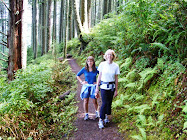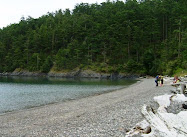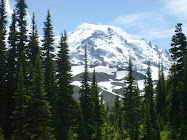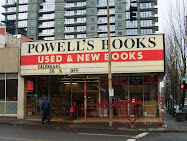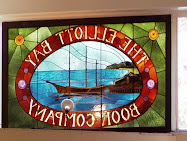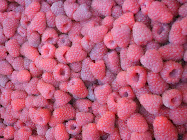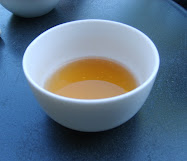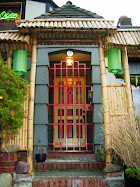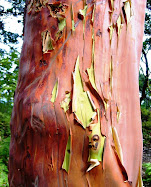
An El Nino winter is staring us in the face here in the Northwest, with a predicted warmer, drier winter. Combined with global warming, for skiers that means one thing:
Carpe Diem!
With an unusually early start to the ski season, I grab my skis and head to the mountains today. How could I not? It snowed over 2 feet in the last two days at Crystal! As hard as it is to get up and get going before dawn on Sunday morning, I’m a skier deep in my bones. When the snow flies thick and fast, it’s time to move.
Although I started out life as a Mount Hood skier, and still love my mountain, Crystal stole my heart when I was a student at the University of Washington.
 My friend Linda got me better acquainted with Crystal after nights polka dancing and drinking homemade wine with those crazy Estonians at the Billiken Ski Club Lodge. My years teaching for the Crystal Mountain Ski School cemented my passion. This mountain is a treasure trove of off-piste chutes, gulleys, and groves for tree skiing.
My friend Linda got me better acquainted with Crystal after nights polka dancing and drinking homemade wine with those crazy Estonians at the Billiken Ski Club Lodge. My years teaching for the Crystal Mountain Ski School cemented my passion. This mountain is a treasure trove of off-piste chutes, gulleys, and groves for tree skiing.So today I drive up with Andy, Mark, and Lena and meet Rich on the hill. We’re taking it easy today (except Rich) and warming up for the season ahead. A cold wind and driving snow blasts our faces as we take our first run down from Forest Queen. Although we get a mid-morning start, it’s snowing so hard that the cut-up snow is filling in fast. It’s cold, and the snow conditions are fabulous.
 With the high winds, the High Campbell chair isn’t open, but Rich has some great runs up on Upper and Lower Bull. I’m happy to simply stay close to the trees and take cruisers down CMAC, Mr. Magoo, and Downhill (site of a World Cup downhill many years ago). And find the fluff on the sides of the runs where I can sneak in some fresh tracks.
With the high winds, the High Campbell chair isn’t open, but Rich has some great runs up on Upper and Lower Bull. I’m happy to simply stay close to the trees and take cruisers down CMAC, Mr. Magoo, and Downhill (site of a World Cup downhill many years ago). And find the fluff on the sides of the runs where I can sneak in some fresh tracks.So skiers, get on up to the Cascades and enjoy it while you can! If the weather guru Cliff Mass is right, by January it could dry up and we’ll be skiing on icy, scraped-off hard pack.
When You Go
Click here for directions to Crystal from Puget Sound region cities, and
 here for a conditions update. Since I didn’t get any really good pictures today, click here for some shots of Crystal in all its sun-filled glory.
here for a conditions update. Since I didn’t get any really good pictures today, click here for some shots of Crystal in all its sun-filled glory.










